Why Is My Ping So High But My Internet Is Good . You may be familiar with the name “Ping” if you frequently use interactive, real-time apps like video conferencing or online multiplayer games like League of Legends, Halo, Fortnite, Valorant, Roblox, Minecraft, Genshin Impact, Contra Returns, Call of Duty, PUBG, BGMI, and others.
Although a shorter ping time is merely a preference for improving your online experience in most cases, it is a need for real-time apps.
We’ll look at what ping , how it’s affected by various circumstances, and how you may lessen it.
Table of Contents
Why Is My Ping So High But My Internet Is Good
What Exactly Is Ping?
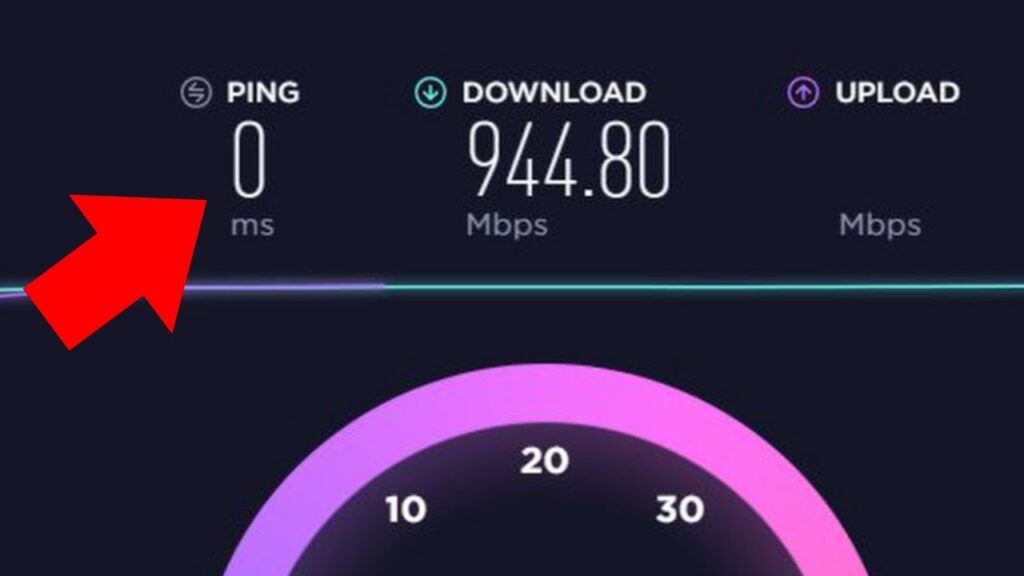
Ping is a command-line utility in computing that used to verify the reachability of a host from a specific device within a network.
The roundtrip time sending a request data packet from your device and receiving a response from the target host measured by ping rate (latency).
Example:
It’s the time between pressing a button on your controller and the action taking place in-game in online gaming.
Lower ping rates entail lower latency, which is desirable in all Internet-based applications that require real-time updates.
How To Interpret Ping Rate?
Ping rate often expressed in milliseconds (ms), and determined as the average of multiple observations done over a given time period.
A Common Misconception
Many of us, particularly gamers, make the mistake of using ping to judge the quality of an Internet connection. It’s important to understand that the ping rate isn’t a built-in feature of one’s Internet connection. It varies based on the host we’re attempting to contact (“ping”), as well as a few other variables.
What is a good Ping Rate?
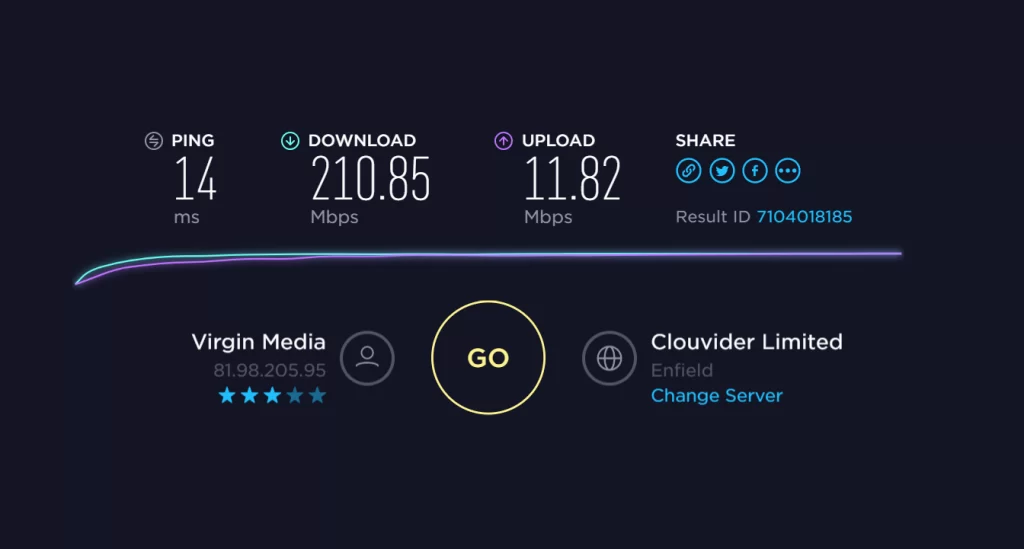
While a ping time of less than 1 millisecond ideal. A ping rate of less than 20 milliseconds regarded the best-case scenario over the Internet.
A ping rate of less than 50 milliseconds considered good, while a value between 50 and 100 milliseconds considered medium.
In most circumstances, a ping rate of 100 ms to 150 ms is acceptable. But anything over 150 ms is undesirable and considered a high ping.
Ping’s Influencing Factors
The following are some of the most prevalent ping rate factors.
The Speed Of Your Internet Connection
The Internet speed of your connection impacts how quickly data packets may transmitted. A faster connection speed allows you to send data more quickly, minimising your ping rate (latency).
A larger ping rate, on the other hand, does not always suggest a slower Internet connection. Ping time also influenced by a few other crucial elements.
Distance Between Your Device And The Host Server
Ping rate also affected by the physical distance between your device and the host (game or application server); the longer the distance, the longer it takes for a data packet. To complete the roundtrip, and hence the greater the ping time.
If you use SpeedTest.net on your computer or mobile device, for example. The ping rate it estimates is dependent on the roundtrip time between your device and (typically) the closest SpeedTest.net server.
Change the server location (using the Change Server option) and you’ll find that the ping rate varies based on the server you select. Even if you’re using the same Internet connection.
Similarly, you may notice that the calculated ping rates are different. If you use a different speed test tool, such as Fast.com or Cloudflare’s speed test application.
This is because you’re testing the ping for multiple hosts (servers) in different parts of the world in each of these instances.
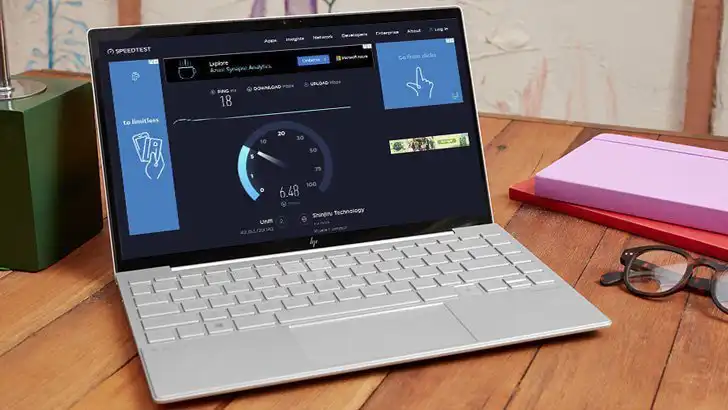
Congestion In The Network
When the network is congested, the ping rate or latency can also increase. There are two probable scenarios for network congestion in this circumstance.
- Congestion in the User’s Network — This might occur when other devices on your network are all doing high-bandwidth activities at the same time, such as streaming Netflix or playing online games.
- Note that if your ISP’s network overcrowded in your location, network congestion may occur, affecting your ping rate.
Host Network Congestion – This can occur when the host server is dealing with high simultaneous demand.
In both circumstances, your router or host has trouble processing traffic and each request takes longer to process. As a result, each data packet’s roundtrip time also delayed, lengthening the ping time.
Interference With Wi-Fi
If you’re using Wi-Fi, any overlapping radio signals can cause interference, which can raise your ping rate. We have a specific Wi-Fi post where we go through this topic in further depth.
Now that we’ve learned about the components that influence ping. We may look into potential workarounds for lowering the ping rate.
How To Lower Your Ping Rate (Latency)
Ping affected by a number of parameters, although not all of them are under the user’s control. However, some of the controllable elements can tweaked to reduce ping time to a certain amount.
Change To An Ethernet (wired) Connection
When compared to Wi-Fi, an Ethernet connection is quicker. If your chosen game or programme is only accessible on desktop platforms. Consider utilising a computer and connecting to the Internet through an Ethernet cable. Switching to a cable connection reduces latency and eliminates most of the ping difficulties that come with Wi-Fi.
If you can’t connect through Ethernet. There are a few more solutions to optimise the elements that affect ping rate, particularly on Wi-Fi.
Check the strength of your Wi-Fi signal.
To get the greatest Wi-Fi experience, make sure your wireless device is at the right distance from your router and on a clear path with minimal obstructions. Low latency usually associated with a strong signal.
Wi-Fi signal strength is commonly expressed in decibels per milliwatt (dBm), which derived from the Received Signal Strength Indicator (RSSI). On the RSSI scale, anything above -50 dBm indicates a strong signal, while anything below -90 dBm indicates a very weak (practically unusable) signal.
Check the strength of your Wi-Fi signal.
If you have a recent router, the app that comes with it may contain a feature. That allows you to measure signal strength. If your router’s companion app doesn’t have such a feature. Use a third-party Wi-Fi Analyzer application to evaluate the signal strength.
AirPort Utility is a good software for iPhone and iPad that allows you to check Wi-Fi signal strength. An app named WiFi Analyzer for Android is a good choice. On the desktop, there are various Wi-Fi Analyzer programmes for Windows and macOS, as well as some good Linux options.
If your Wi-Fi signal is weak, try moving closer to your router and testing it again. You may also read our dedicated post on using a popular Wi-Fi Analyzer programme to improve Wi-Fi signal strength.
You might also interested in:
Access Points, Wi-Fi Boosters (Range Extenders, Repeaters), and Mesh Wi-Fi
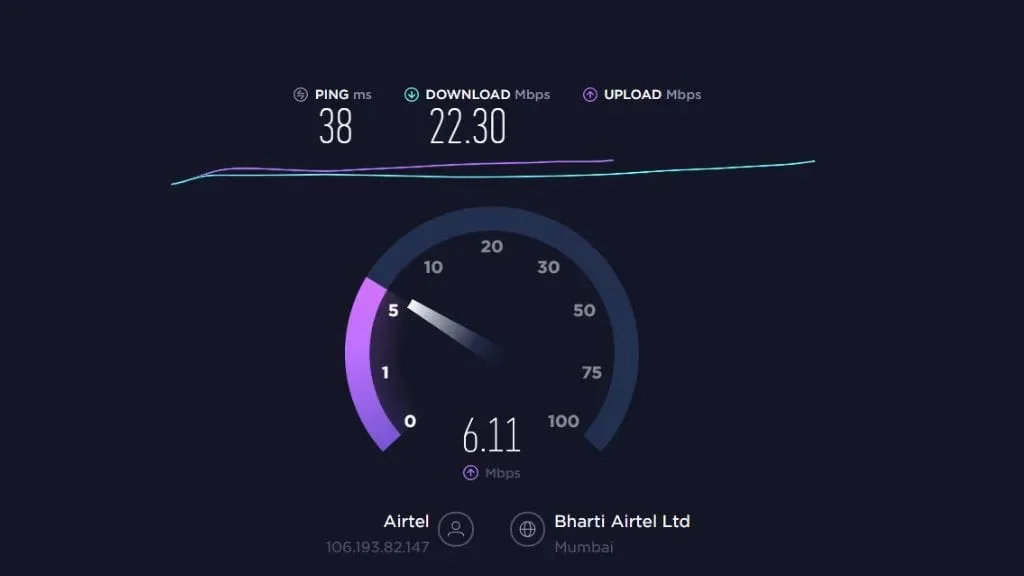
Make Your Network’s Connections A Priority
If you’re experiencing increased ping rates as a result of network congestion. You might be able to reduce the ping time by doing the following:
Set Up Your Router
To increase Wi-Fi performance, you might want to tweak some of your router’s settings.
Switch to the 5 GHz Band — The 5 GHz band offers more bandwidth and enables for faster data transmission. In comparison to the 2.4 GHz band, it has more channels, and non-Wi-Fi gadgets do not work in the 5 GHz range. As a result, moving to the 5 GHz range minimises interference and may assist reduce latency (ping rate).
Switch channels to avoid interference — If you’re using the 2.4 GHz band, be sure the channel you’re using isn’t generating interference due to other overlapping Wi-Fi or radio transmissions. To avoid interference, set your router to switch to a non-overlapping Wi-Fi channel.
Use QoS to prioritise certain devices — If your router has QoS capabilities, you can use them to prioritise specific devices on your network to use more bandwidth as needed.
Note: To minimise DNS lookup time, try switching to a popular DNS server like Google DNS (8.8.8.8) or 1.1.1.1 if you haven’t already. Switching the DNS, on the other hand, isn’t very effective in lowering the ping time.
Disconnect Other Devices To Reduce Load
If you have numerous devices connected to your Wi-Fi network that are consuming a lot of Internet bandwidth, you should disconnect them to free up the network, especially if your router doesn’t allow device prioritisation via QoS.
Although network congestion primarily caused by activity on other devices, your own device’s background apps and programmes (including system updates) may also consume a lot of bandwidth. Remove all other apps and turn off system updates for a while, then check your ping rate to see if it has improved.
Upgrade your Router
If your router is old, it’s likely that it lacks important features like 5 GHz band support, QoS, and so on, and you should consider replacing it for a better experience.

You might also interested in:
Band, Channel, MU-MIMO, Beamforming, OFDMA, and Mesh Wi-Fi Basics
Contact your Internet Service Provider (ISP)
If you have any of the following problems with your Internet connection, you should contact your ISP for help:
Also Read:How To Calculate Jitter In Network
Examine your Internet Service Provider
Make sure your current Internet (broadband) plan has at least a 30 Mbps connection speed. Consider upgrading to a higher plan if your current plan is less than 30 Mbps.
Ensure your Actual Internet Speed Matches The Advertised Speed
Check your connection speed using several Speed Test tools to make sure you’re getting a speed that’s near to what your plan promises. If this not the case, you can file a complaint with your ISP to get it corrected.
Ping Rate Is High Even For A Nearby Server?
Another instance where you should contact your ISP is if you’re getting a really high ping, even for a nearby server. If you’ve double-checked all of the recommended methods described previously in this article, this could an indicator of congestion caused by ISP oversubscription.
If contacting your ISP does not resolve the issue, you may want to explore moving ISPs. Before making the transition, it’s a good idea to ask around your neighbourhood to see which ISP is best for your needs.
Manage The Ping Rate’s Other Influences
While some factors affecting the ping rate are beyond our control, there are a few things we can do to manage them.
Physical distance between your device and the target host — If the game or service you’re using offers different servers, consider moving to one that’s closer to you to see if the ping time is reduced. Depending on how important the application or game is to you, you can also consider shifting to a place near the target host if it is convenient.
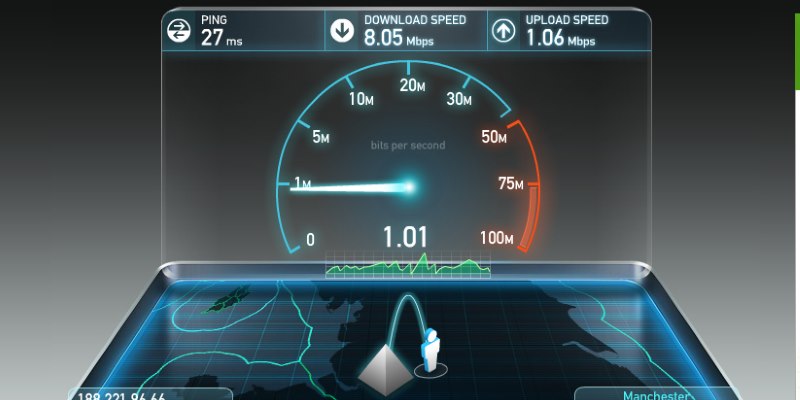
Congestion in the host network – If you’re seeing slow ping rates against a single server but faster pings to other servers, it’s possible that the host network is congested. You have no control over this factor. The only way to avoid this problem is to wait until the congestion subsides and the ping rates improve.
We hope you find this information informative and that it will assist you in making informed decisions about how to reduce the ping rate for a specific service in your specific situation.



